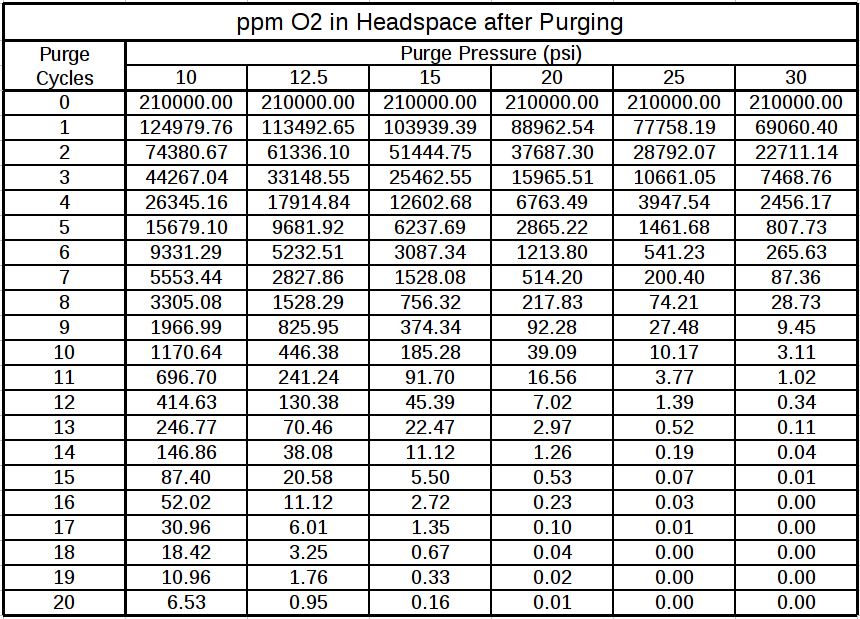If I understand correctly, many people push their beers from carboys or conical into a co2 purged keg. If the process to purge the keg is fill it with star san and the push all the star san with co2 so you have five gallons of CO2, you end up with a pressurized keg. Ready to receive beer pushed by co2.
I must be missing something but when and how do you add the dry hops? Do you open the keg and drop them in assuming the heavier CO2 will stay in the keg? Add them after you push the beer over (which seems to defeat purpose of avoiding the beer exposures to oxygen).
What’s your process?
Also I’ve never pushed beer out of fermenters with CO2 and I have a glass carboy. Am I asking for trouble if I keep it at 1psi?
I must be missing something but when and how do you add the dry hops? Do you open the keg and drop them in assuming the heavier CO2 will stay in the keg? Add them after you push the beer over (which seems to defeat purpose of avoiding the beer exposures to oxygen).
What’s your process?
Also I’ve never pushed beer out of fermenters with CO2 and I have a glass carboy. Am I asking for trouble if I keep it at 1psi?




